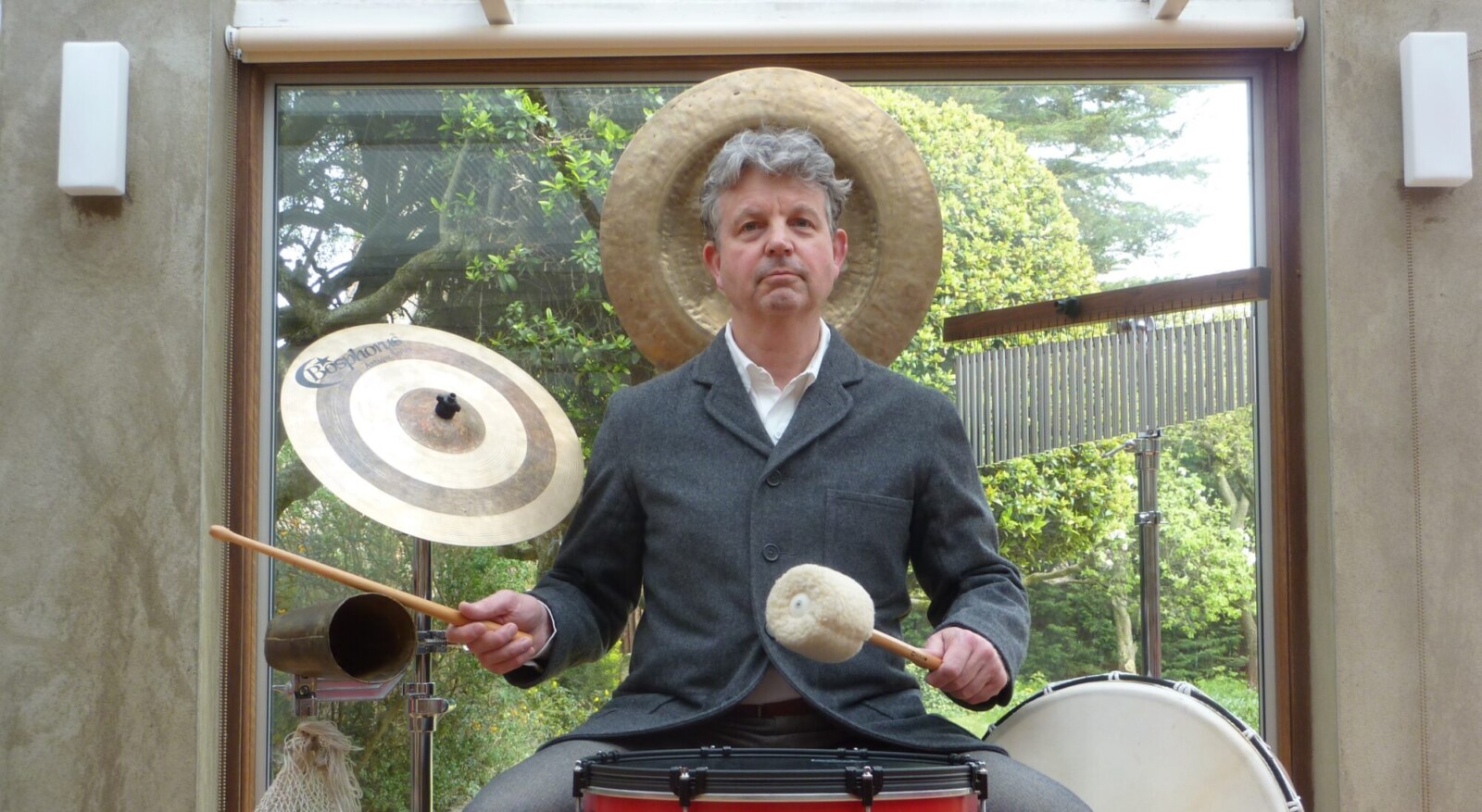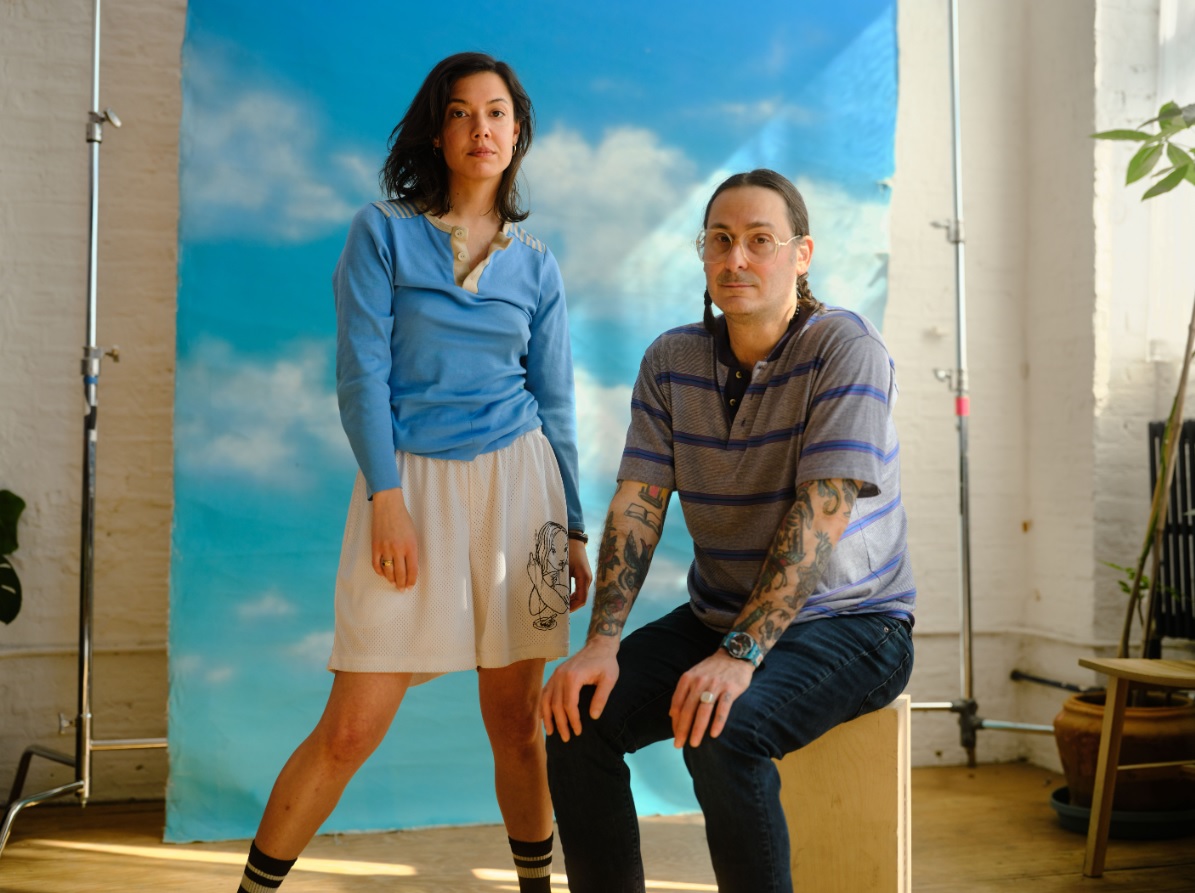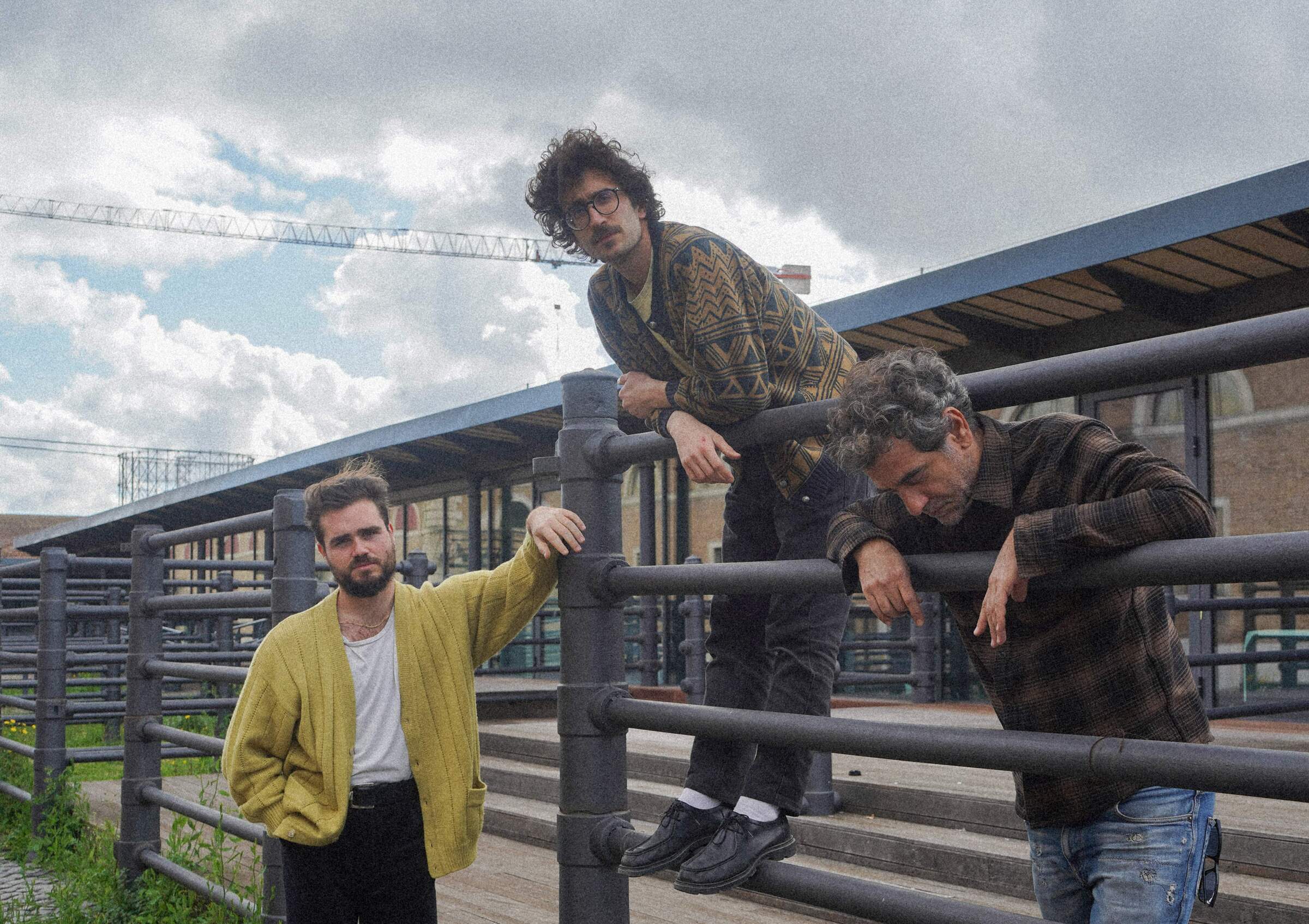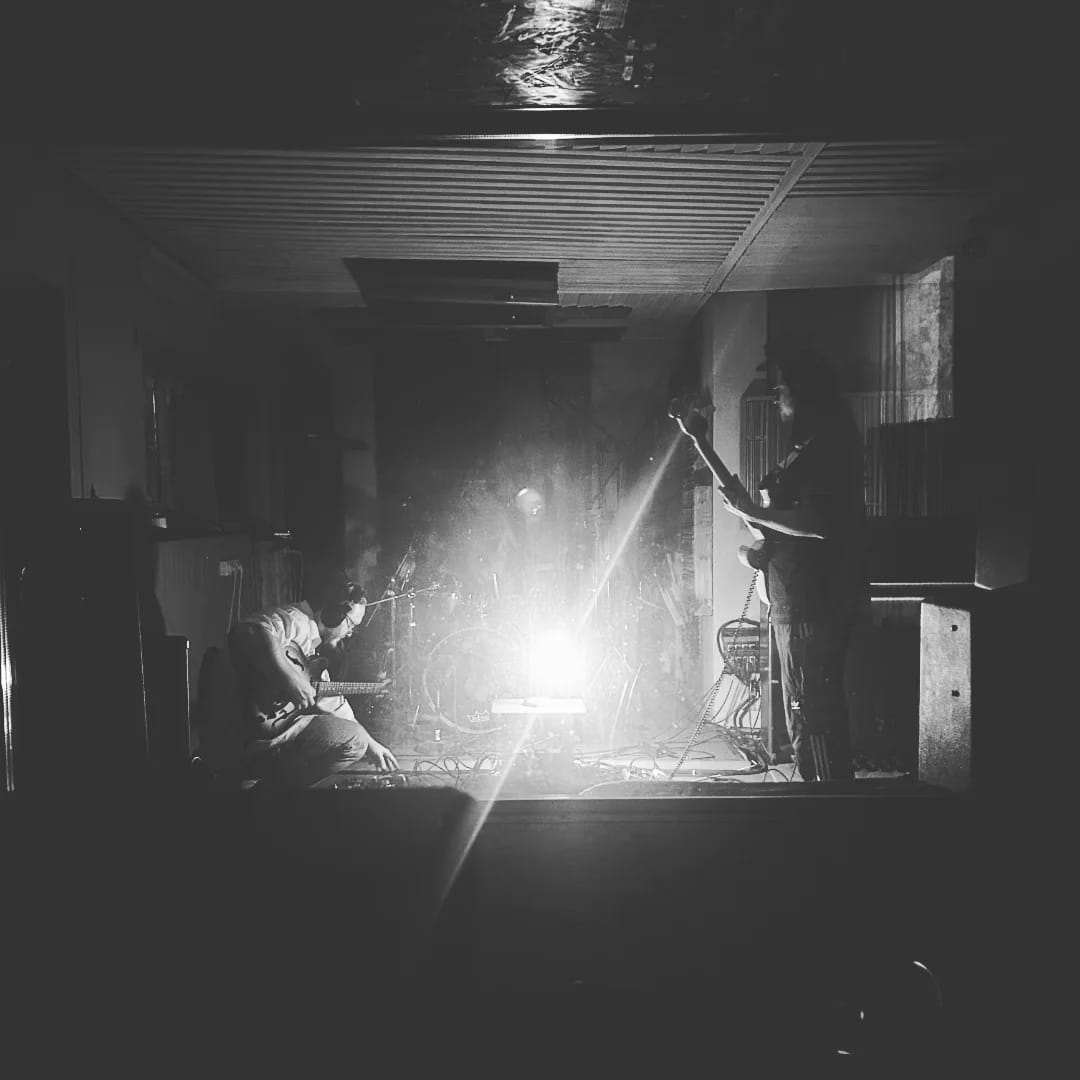Peter Ulrich interview
Infinite Fog Productions recently announced the first vinyl edition of Peter Ulrich’s debut solo album Pathways And Dawns. Widely known for his past work as drummer/percussionist with legendary Dead Can Dance and contributor to 4AD’s This Mortal Coil, Ulrich emerges here as a writer of hauntingly beautiful melodies and deeply poetic lyrics.
Pathways And Dawns is packed with driving rhythms and meditative ritual patterns of percussion. With some inspired guitar-work, arrangement and production from DCD mastermind Brendan Perry, result is a pure delight…
The album was recorded in two parts, the first in England in 1990, and the second after a long time break in 1996-97, by Brendan Perry at DCD’s Quivvy Church studio in Ireland. The album was released on CD in 1999 on the US label Projekt and was dubbed by critics as “the album the Beatles might have made had the group signed with 4AD instead of Capitol” and “a wonderful collection of songs that, while in the 4AD school, shimmers with an inner lightness that makes it very different “.
Would you like to talk a bit about your background? At what age did you begin playing music and what were the first instruments that you played?
Peter Ulrich: I started learning piano when I was around seven and persisted for about three years. I didn’t enjoy it and never learnt to play anything very well, but it did give me a knowledge of notes, scales, chords, musical notation and so on which would all prove very useful later, so I’m grateful to my mum and dad for making me do it! When I was 10 years old my grandparents came back from holiday with a wonderful present for me – a small pair of bongo drums they bought in Acapulco, Mexico. I loved them and was suddenly inspired to play music. I got my first drum kit a few years later and taught myself to play, then my first guitar when I was about 16 and also taught myself to play (a little!), but drums and percussion became my first love.
“I chose the album title to reflect that the songs come from different parts of my life.”
What is the concept behind your first solo album Pathways and Dawns?
There’s no ‘concept’ behind the album – it’s just a collection of songs, each with an entirely different start point. It also spans a long period of my life as the closing song, “Time and a Word”, was originally written when I was 15, so in the 1970s, two songs were written in the late ’80s, and the rest in the mid-90s. I chose the album title to reflect that the songs come from different parts of my life.
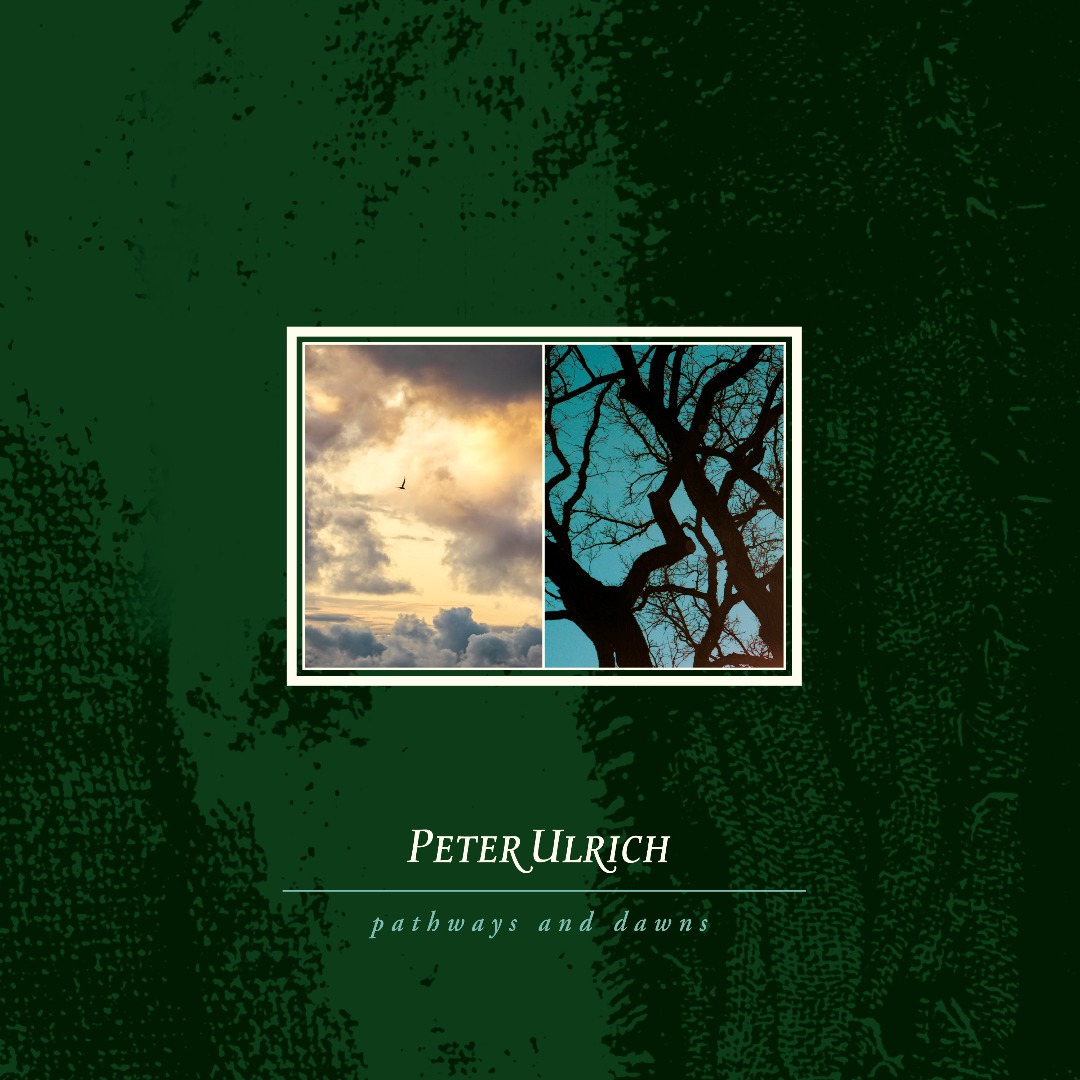
What was the writing and arranging process like? Can you share some further details how it was recorded and released?
I think you’re aware that two of the eight songs on the album were recorded in 1990 and released as a 12″ single, while the other six songs were recorded at Brendan Perry’s Quivvy Church Studio around six years later, so there were two quite distinct processes.
The earlier two were written when we all still lived on the Isle of Dogs in East London and while I was still a member of Dead Can Dance. The song “Taqaharu’s Leaving” was my response to seeing newsreels about child soldiers – children as young as 8, 9, 10 years old being armed and sent out to fight. I wrote it using an early Yamaha sampler/keyboard which Brendan gave me when he updated his studio, and he helped me make the original demo. But then I went to Woodbine Street Studios to make the recording, working with producer John A Rivers who had worked with DCD. Also in that session I wrote and recorded “Evocation”. This was essentially a drumming and vocal chorus song which I had a vague outline of, but which was actually written as it was recorded, so very spontaneous. I invited some old friends – Chuck and Angela Silverman who are folk musicians to do the singing with me on both songs, and then Ruth Watson to play oboe on “Taqaharu” and John Singleton to play trombone on “Evocation”, both musicians who had worked with DCD. It was a great session, and the way “Evocation” came to life as we recorded it was probably the most exciting time I ever had in the studio – we kept multi-layering voices to build the chorus and ended up with 17 vocal tracks!
Then in 1995, although I had officially left DCD because of family commitments, Brendan and Lisa invited me to take part in some recording sessions at Quivvy for what would become DCD’s Spiritchaser album – it was great to work with them again. One evening in the local bar (over a few pints of Guinness), Brendan offered to me that if I could get the songs written, he would record them for me at Quivvy so I could get sufficient material to release an album. It was an amazing offer that was completely unexpected and I was thrilled. So I went home, bought some new gear and set about writing new songs. “Time and a Word”, as previously mentioned, was an old song I’d written when I was still at school and bought my first guitar, but it had stuck with me all that time, so I extended it a little and made a new version. The other five songs were all entirely newly written, mainly programmed on a Korg X3 workstation. They were all very different – for example, “Always Dancing” was inspired by the way dance and rhythm infuses the lives of many African peoples in particular, while “Life Amongst the Black Sheep” was very much a personal response to the births and early childhoods of my two daughters, who at that point were around 7 and 4 years old. I then took my basic arrangements to Quivvy and Brendan worked his magic on them!
What kind of role did Brendan Perry have in making Pathways and Dawns?
The short answer to that is… HUGE! Brendan is amazing. He has such a great intuitive understanding of how to make music work, how to bring a song to fruition. The basic songs are still mine – my words, my melodies – but the sumptuous arrangements are all his. He also played the beautiful guitar parts on “Nocturne” and “Always Dancing” and added all number of lovely colourations – even a lot of the percussive areas were developed by Brendan! He realised, without me telling him, that “Time and a Word” was rooted in the 70s, and consequently turned it into a slab of psychedelia! He also, in his production, gave the album such a huge sound stage that I was contacted some years later by a leading audiophile supplier in the US who had been using Pathways and Dawns to demonstrate the dynamic range of their top end equipment at major shows – particularly the song “The Springs of Hope”.
“I am influenced by everything”
Are you excited about the upcoming reissue?
I’m VERY excited about it, and very grateful to Nik at the Infinite Fog label for approaching me with the proposal. Pathways and Dawns has only ever been available in CD format before, having been released on Projekt in 1999 when CD was THE format, with vinyl sales having collapsed. That was fine at the time, but I grew up with vinyl and I’m generally excited that vinyl as a format is becoming so popular again. While YouTube and streaming services are great media for making new music accessible and enabling people to discover new sounds, I cannot imagine only ever listening to the thin, tinny quality of mp3 format music. The warmth and breadth of music on vinyl, even on relatively inexpensive audio systems, is just soooooooo much better. And when you buy music in 12″ format, you get a real piece of artwork with it (i.e. the cover). So yes, I can’t wait to receive my copies… and I want to frame a cover and stick it on my wall!!
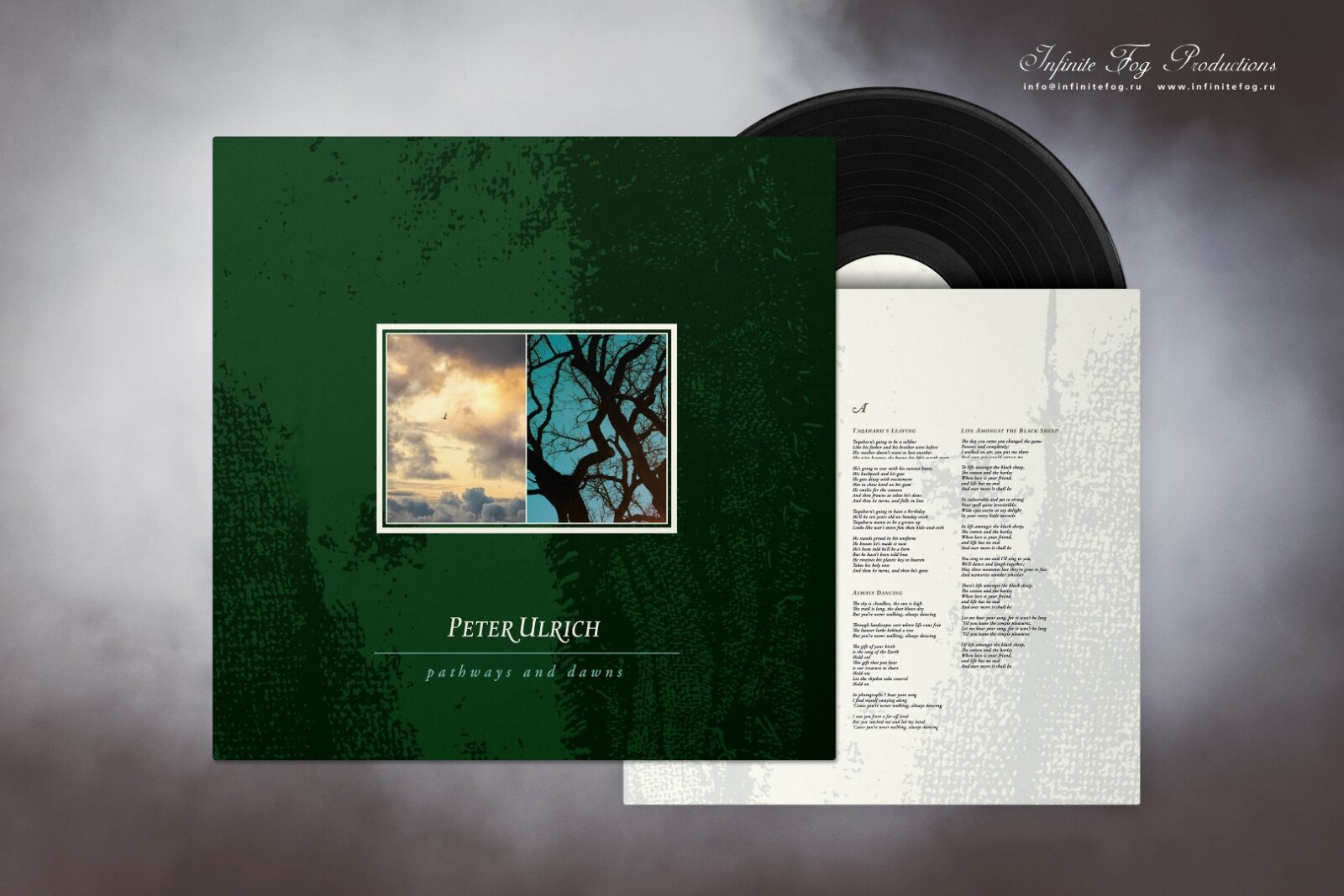
What would you say influenced you the most? Have influences changed during the years?
Influences don’t so much “change” during the years, rather they “expand”. I am influenced by everything – even music I don’t like influences me not to use the elements that make me not like it. I constantly devour new music and thus constantly increase my influences. By far and away the biggest influence on me was being involved with DCD – what I experienced and learnt from both Brendan and Lisa is simply unquantifiable. In pre-DCD days I was influenced in my teen years by prog and psychedelia, then followed by punk and post-punk, particularly Joy Division, as well as my early discoveries in “World” musics, particularly African and Middle Eastern musics. During and after DCD, ever more World musics and also Early music (medieval, baroque, renaissance). I think Pathways and Dawns is very much a melting pot of all these influences.
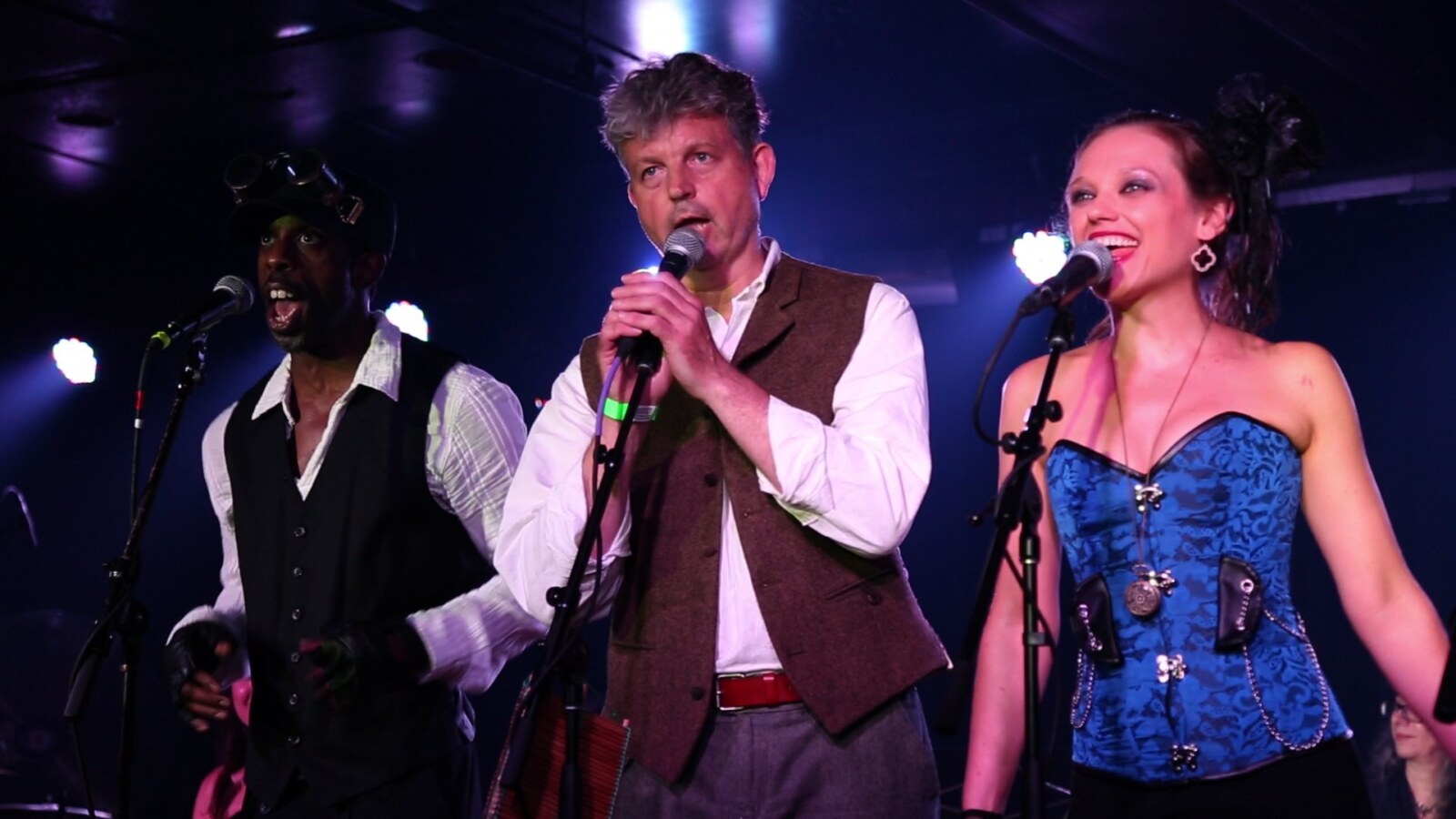
What would you say is the main difference in being a solo artist?
I can only really give a pretty obvious answer to this. The advantage of working solo is that you make all the decisions – the starting point of a song, its style, instrumentation, development, etc and you have complete control over it; the disadvantage is that everything has to come from you and the resultant songs can lack the depth provided by having more than one writer’s input
In DCD I didn’t have a creative role – that area was already bursting at the seams with both Brendan and Lisa’s input. So it was great to make Pathways and Dawns and have a complete album of material which had been brewing inside me for years. After that I did another solo album – Enter The Mysterium (2005) – which was very much all my own doing. I actually needed to prove to myself that I could bring the project to fruition without being reliant on Brendan. As a result, it is not so polished as Pathways and Dawns, but I am still very happy with the songs I wrote all these years later. Following that, I got involved with a very interesting project which we badged The Peter Ulrich Collaboration. Working with New York writer/arranger/producer Trebor Lloyd and a huge cast of contributing musicians, we wrote, recorded and released a trilogy of albums between 2013-19, so that was a very different experience again, and great to do.
Looking back, what was the highlight of your time in Dead Can Dance? Which songs are you most proud of? Where and when was your most memorable gig?
Oh wow, what a question (or sequence of questions)… I might have to write a book to answer that! Let me try to randomly pluck a few specific answers out of the air.
Highlights of my time in DCD would certainly include (i) holding in my hand the first copy of our first album, (ii) going on our first overseas tour, around Netherlands with Cocteau Twins, (iii) playing in Athens the first time and the amazing reception we received there, and (iv) our first tour of Canada and North America.
It’s not really my place to be ‘proud’ of DCD songs because they are written by Brendan and Lisa. I would have to admit to being proud when Brendan proposed that we include in the DCD live set a re-arranged version of my piece “At First, And Then” from the This Mortal Coil album Filigree and Shadow. We used it as a main set-closer for two or three tours and it always went down really well with audiences.
My favourite gigs to play in were at a London venue which used to be called the Town & Country Club, latterly The Forum – it always had a very special atmosphere there. In my post-DCD era, I have been to many DCD shows as a member of the audience. They’ve all been wonderful, but the second night at the Beacon Theatre, New York in August 2012 was particularly magical.
What currently occupies your life? Any future projects we should expect
I was recently invited by UK label Cold Spring Records to contribute an exclusive track for the final compilation in their Dark Folk Britannica series. I wrote and recorded a song called “Lammas Dance” for it which I really enjoyed doing. The album, called The Forme to the Fynisment Foldes Ful Selden had its digital release on 1 August and is due for physical release in early September.
Then I have this exciting vinyl release of Pathways and Dawns to look forward to!! Beyond that, I have some other projects in the pipeline, but can’t say too much about those just yet… sorry to be mysterious!
Let’s end this interview with some of your favourite albums. Have you found something new lately you would like to recommend to our readers
Ah, favourite albums is always so difficult… there are so many! Here are six that randomly spring to mind:
The Pilgrimage to Santiago, New London Consort
Drums of Passion, Olatunji
Blues Funeral, Mark Lanegan Band
Talking Timbuktu, Ali Farke Toure and Ry Cooder
Machines of Love and Grace, Martha Tilston
The Merdoum Kings Play Songs of Love, Abdel Gadir Salim All-Stars
My most recent discovery is the Canadian-Columbian singer Lido Pimienta whose new album Miss Columbia has been on repeat play the last few weeks.
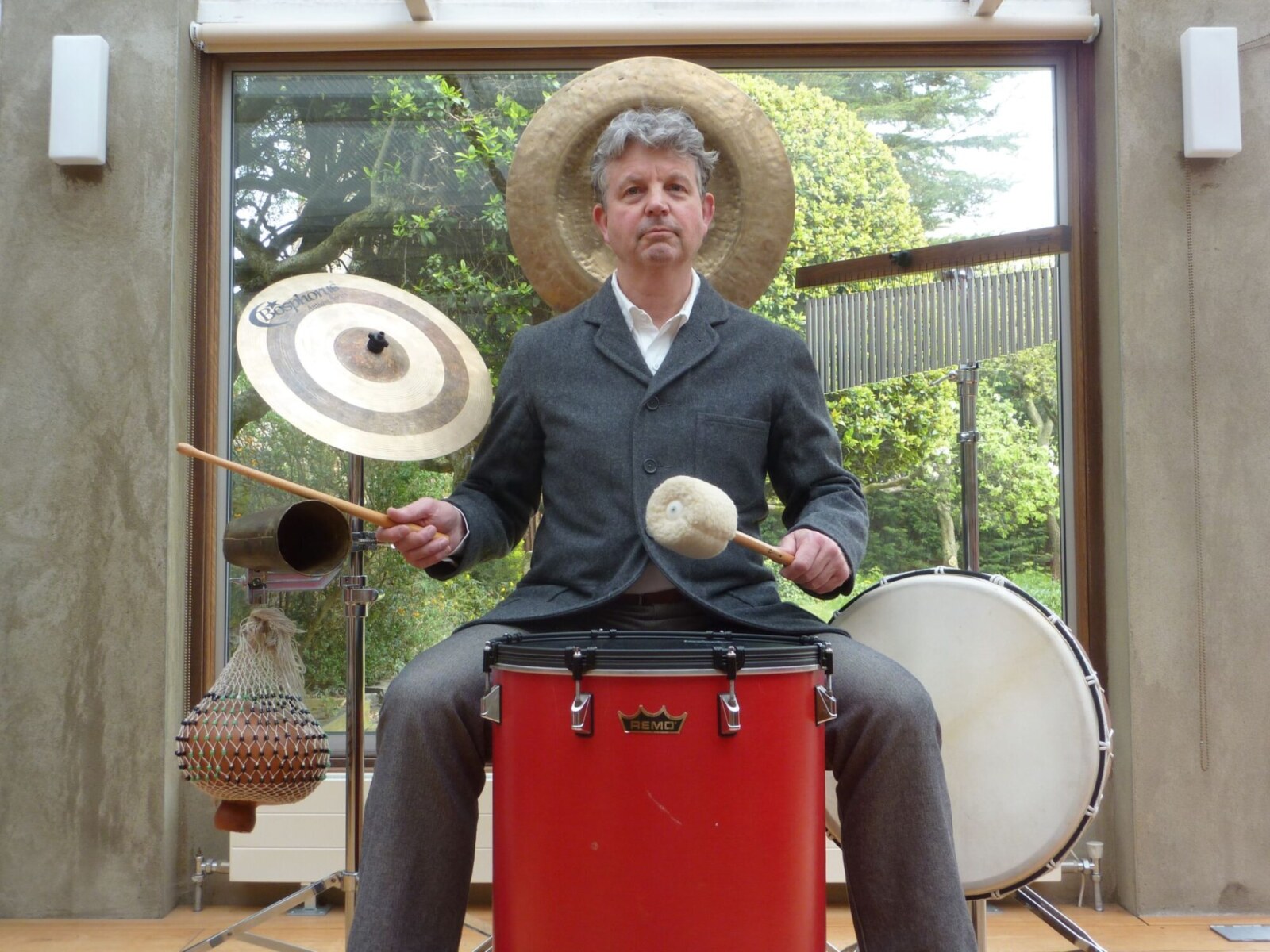
Thank you for taking your time. Last word is yours.
Thank you for inviting me to join the very impressive cast you’ve interviewed and featured in “It’s Psychedelic Baby”.
I guess my “last word” is that I hope the re-release of Pathways and Dawns will not only bring new listening pleasure to people who know the album and can hear it on vinyl for the first time, but also that it will now reach a new audience who were never aware of it first time round – it’s exciting to me that the album is potentially embarking on a new life.
Best wishes,
Peter.
– Klemen Breznikar
Peter Ulrich Official Website
Infinite Fog Production Official Website

